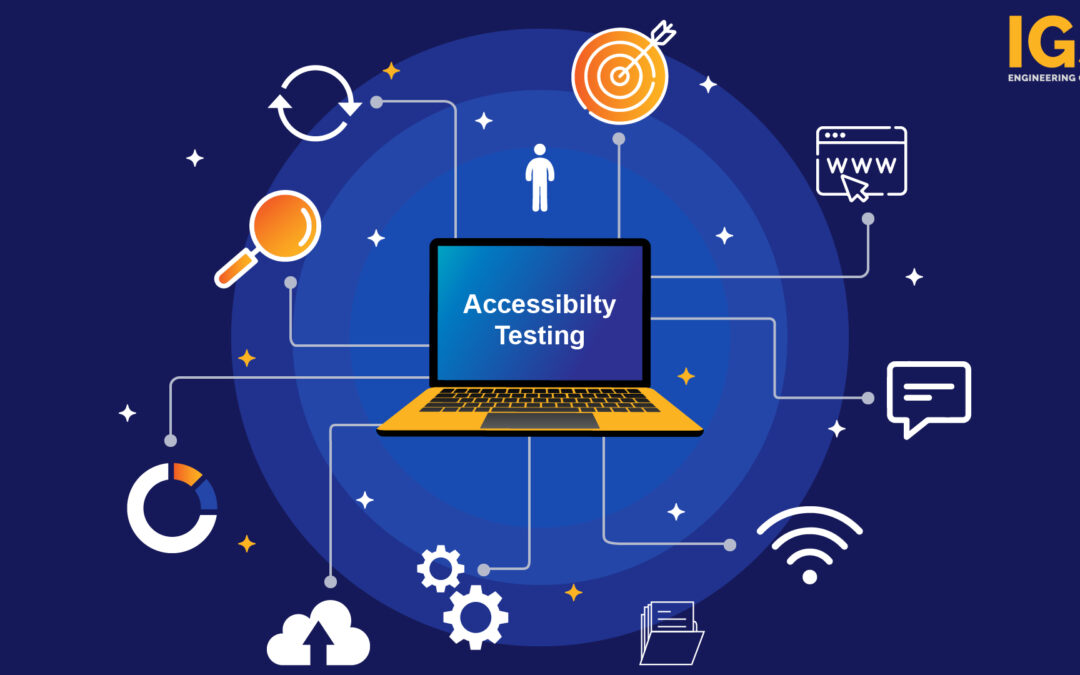
Shift Left Testing Principles: Meaning, Why DevOps Recommend
Shift Left Testing Principles: Meaning, Why DevOps Recommend
Picture your software development process as a thrilling rollercoaster. Traditionally, testing lurked at the final, stomach-churning drop, potentially leading to a crash if bugs reared their ugly heads. Ouch!
DevOps flips the script with “shift-left testing,” weaving testing seamlessly into the ride from the start. Imagine boarding with a helmet and harness, ready to handle any twists and turns. This proactive approach yields immense benefits, making it a core tenet of the DevOps philosophy.
What is shift-left testing?
The Shift-Left Paradigm: Shift-Left Testing represents a fundamental shift in the traditional software testing approach. Traditionally, testing occurred towards the later stages of development, often as a separate and distinct phase. Shift-Left flips this model by advocating for the initiation of testing activities much earlier in the development lifecycle – as early as the coding phase itself.
Testing at the Code’s Birthplace: The core idea behind Shift-Left Testing is to bring testing closer to the source – the code. By conducting tests early in the development process, teams can identify and rectify issues at their inception. This approach not only saves time but also significantly reduces the cost of fixing defects, as catching problems early prevents them from snowballing into major issues later on.
Proactive Issue Detection: One of the primary advantages of Shift-Left Testing is its proactive nature. Early testing enables teams to detect and address potential issues before they propagate through the system. This proactive stance not only accelerates the development cycle but also enhances the overall quality of the software, as developers can make informed decisions based on early test results.
Collaborative Efforts Across Teams: Shift-Left Testing aligns seamlessly with the collaborative principles of modern software development methodologies like DevOps. By encouraging collaboration between developers, testers, and other stakeholders from the project’s inception, Shift-Left Testing breaks down silos and fosters a culture of shared responsibility. This collaboration ensures that everyone is on the same page regarding the software’s quality goals.
Comprehensive Testing Strategies: Shift-Left Testing doesn’t just advocate for early testing but also for a diversified and comprehensive testing strategy. From unit tests to integration tests, and beyond, this approach ensures that testing is not a one-size-fits-all endeavor. Teams can tailor their testing methodologies to suit the specific needs and intricacies of their projects, resulting in a more robust evaluation process.
Automation and Human Expertise: While automation plays a crucial role in Shift-Left Testing, human expertise remains irreplaceable. Developers and testers bring their unique insights and knowledge to the testing process, ensuring that automated tests are designed intelligently and cover critical scenarios. This harmonious blend of automation and human intuition adds depth and nuance to the testing strategy.
Let’s explore why DevOps champions shift-left testing:
- Early Bug Extermination: Bugs are like unwelcome party guests – the later they arrive, the more disruptive they become. Traditional testing often unearths them near release, causing delays, rework, and PR nightmares. Shift-left testing integrates testing throughout the development cycle, from unit tests to integration and performance checks. This means nipping bugs in the bud before they wreak havoc. It’s like catching a typo before hitting publish – a quick fix with minimal fallout.
- Faster Development Flow: Imagine waiting in line for the rollercoaster only to discover it needs repairs. Traditional testing can cause similar roadblocks. When late-stage bug detection occurs, the entire production line grinds to a halt while fixes are made. Shift-left testing keeps the development cycle chugging smoothly. By identifying and resolving issues early, teams can seamlessly move on to new features and updates, leaving bug-fixing purgatory behind. Think of it as having a pit crew that catches and fixes minor problems on the fly, propelling the development race car toward the finish line.
- Enhanced Collaboration and Communication: Traditionally, developers and testers operated like separate tribes, only interacting when things went awry. This siloed approach often bred finger-pointing and frustration. Shift-left testing fosters closer collaboration. By involving testers early on, developers gain valuable insights into potential issues and can design their code with testing in mind. This teamwork creates a shared responsibility for quality, leading to a more positive and productive work environment.
- Reduced Costs and Risks: Fixing bugs late in the game is like slapping a Band-Aid on a broken bone. It’s expensive, time-consuming, and often ineffective. Shift-left testing minimizes these costs by addressing issues early when they’re easier and cheaper to fix. It also reduces the risk of critical bugs slipping into production, potentially causing financial losses and reputational damage.
- Higher Quality Software: Ultimately, the goal of any development process is to deliver high-quality software that meets user needs. By proactively identifying and resolving issues throughout the development cycle, shift-left testing helps teams achieve this goal. The continuous feedback loop created by shift-left testing leads to more polished, reliable, and user-friendly software. Imagine taking the rollercoaster for a test run before opening it to the public, ensuring a smooth and enjoyable ride for everyone. In essence, shift-left testing is more than just a testing strategy; it’s a cultural shift that promotes collaboration, quality, and efficiency. By embracing this approach, DevOps teams can build a better software development rollercoaster – one where everyone enjoys the ride.
Ready to implement shift-left testing in your organization? Here are some tips:
- Invest in automation tools to streamline the testing process.
- Train your developers on basic testing principles.
- Foster a culture of collaboration between developers and testers.
- Start small and scale up gradually.
With a little effort, you can harness the power of shift-left testing and transform your software development process for the better. Remember, it’s not just about catching bugs; it’s about building a smoother, faster, and more enjoyable software development journey for everyone involved.
Now, go forth and conquer those bugs!





